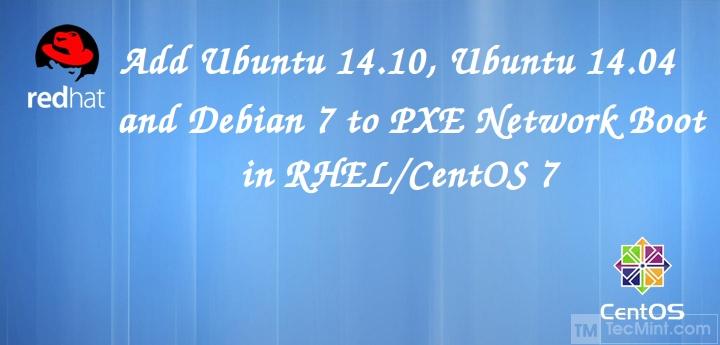
- #HOW TO NETBOOT UBUNTU HOW TO#
- #HOW TO NETBOOT UBUNTU INSTALL#
- #HOW TO NETBOOT UBUNTU UPDATE#
- #HOW TO NETBOOT UBUNTU ISO#
#HOW TO NETBOOT UBUNTU INSTALL#
The original method on this Wiki page used an all-in-one image, which was good for the simple install on diskless PCs, but made preseeding impossible without modifying the mini.isoġ. Someone from your staff commented that d-i/mini.iso hasn’t even been officially supported for a long time, so it’s not like it’s being actively developed.This method is an experimental method, which serves a UEFI signed grub image, loads the configuration in grub.cfg and boots the Linux kernel. But on the other hand, the redesign will definitely bring out some benefits over d-i.

It’s quite obvious that subiquity can’t match the functionality and simplicity of the debian-installer because of the way it’s designed. D-i just worked and allowed most of your users to do what they wanted. It wasn’t quite ready to be the default installer for a major LTE release!Ī plenty of server users haven’t looked past mini.iso for years and didn’t even know that live installer existed - so it didn’t matter to them up until now. But the fact is that it’s severely limited in functionality compared to d-i and is also horribly broken. The live installer has been out there for a couple years and perhaps the lack of complaints made you believe it’s widely accepted.
#HOW TO NETBOOT UBUNTU UPDATE#
And your solution to fix this problem is to update the documentation to erase any references to d-i! But with this release, you have decided to take away what a significant chunk of your user base has been actively using (both the traditional d-i install and the mini.iso/netboot based minimal server install) and are offering an alternative that just doesn’t fill the huge gap you’ve created. The documentation is merely reflective of how well ubuntu server fulfilled wide range of user requirements (even supporting older low-memory systems) by providing several options for the installation. You seem to believe that a typical server user wants guided disk partitioning during installs and installing to existing disk partitions/volumes is a fringe use-case that can be safely ignored. The problem is that the senior management at Canonical seems totally out-of-touch with what your users want and is trying to force something down their throat that just doesn’t fulfill their needs. In fact, the section he quoted was pretty current and up-to-date up until a week ago! I don’t think the concern he was trying to express is that the documentation is out of date. Options, and you can consult its documentation at This configuration is obviously very simple. May well want to host it somewhere on your infrastructure and
#HOW TO NETBOOT UBUNTU ISO#
Make sure to have installed package syslinux-common and then: # cp /usr/lib/syslinux/modules/bios/ldlinux.c32 /srv/tftp/Ĭreate /srv/tftp/pxelinux.cfg/default containing: DEFAULT installĪPPEND root=/dev/ram0 ramdisk_size=1500000 ip=dhcp url=Īs you can see, this downloads the ISO from Ubuntu’s servers. # mount ubuntu-20.04.1-live-server-amd64.iso /mntĬopy the kernel and initrd from it to were the dnsmasq serves tftp from: # cp /mnt/casper/ /srv/tftp/
#HOW TO NETBOOT UBUNTU HOW TO#
This document will briefly describe how to configure There are several implementations of the DHCP/bootp and tftp protocolsĪvailable.



On systems that support PXE network boot – goes like this: The process for network booting the live server installer – at least


 0 kommentar(er)
0 kommentar(er)
